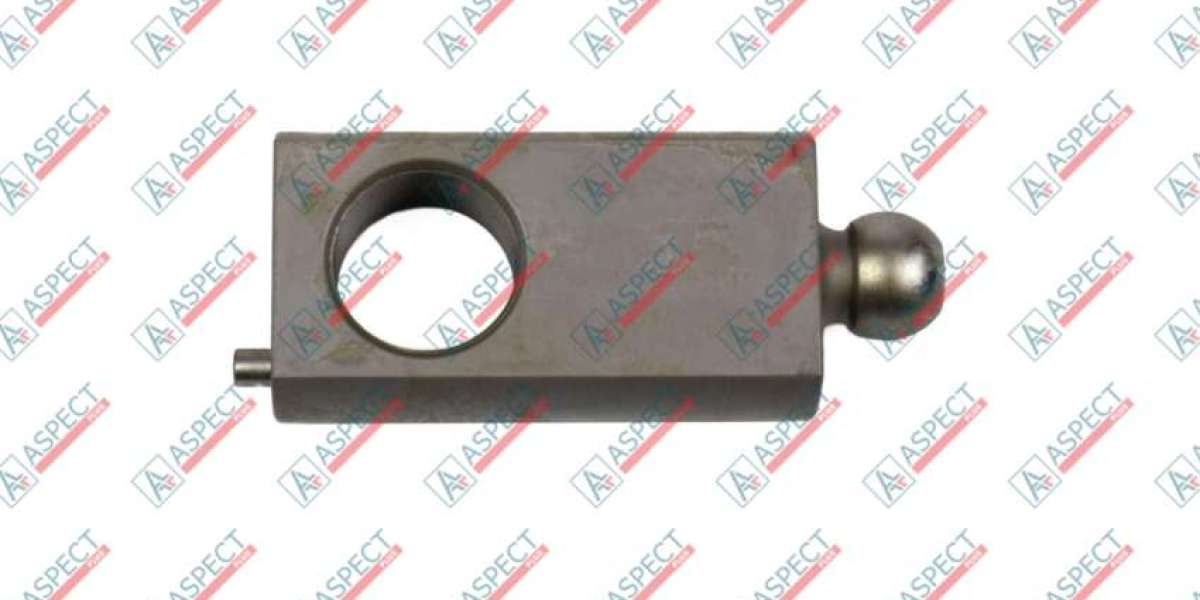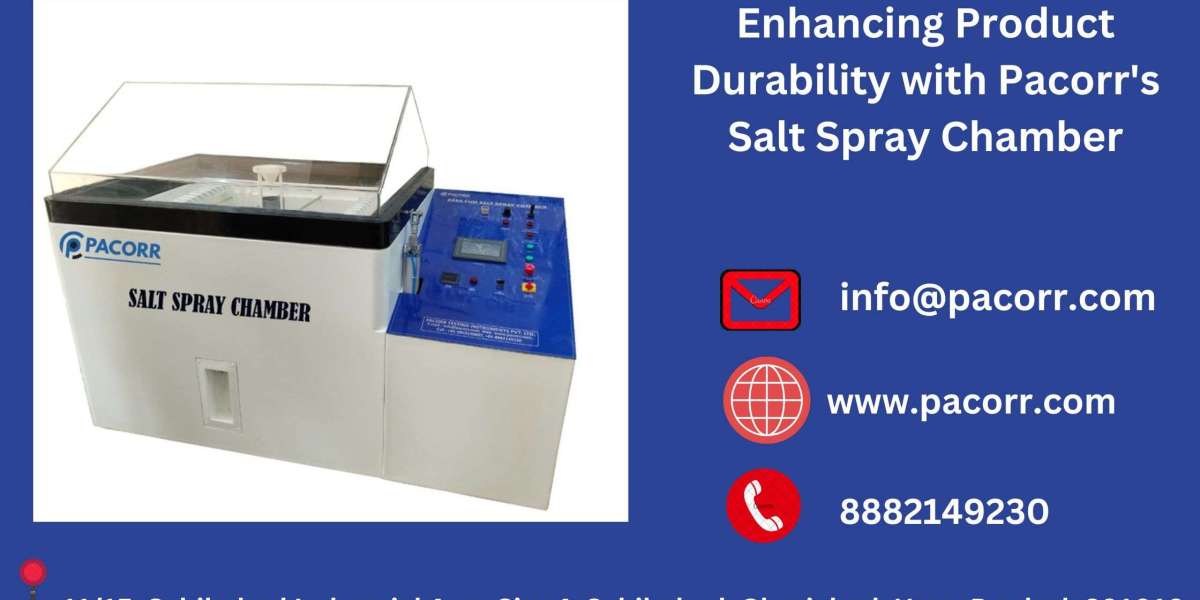The transmission is one of the most hardworking components in a Caterpillar wheel loader. It endures immense stress, transferring power from the engine to the wheels to perform strenuous tasks like pushing, lifting, and loading. A healthy transmission is critical for maintaining a machine's performance and reliability, but a significant threat to its longevity is overheating. This issue can lead to premature component wear and catastrophic failure, resulting in expensive repairs and unplanned downtime. This article provides a comprehensive guide on preventing transmission failure by addressing the critical problem of Caterpillar transmission overheating. We will cover common causes of overheating, offer practical solutions, and emphasize the importance of regular maintenance, proper fluid and filter management, and using genuine Caterpillar parts to ensure the durability and reliability of your transmission.
The Causes of Transmission Overheating
Transmission overheating in a Caterpillar wheel loader is a symptom of a deeper problem. Identifying the root cause is the first step to prevention.
Low or Contaminated Fluid: This is a leading cause. The transmission fluid serves not only as a lubricant but also as a coolant. A low fluid level means the system cannot effectively dissipate heat. Contaminated fluid (with dirt, water, or metal particles) loses its lubricating properties, increasing friction and heat generation.
Problems with the Cooling System: The transmission has its own cooling system, typically a heat exchanger or a cooler. A clogged cooler, a restricted line, or a faulty fan can prevent the fluid from cooling down, leading to a rapid temperature increase.
Improper Operating Practices: The way a machine is operated has a direct impact on the transmission's health.
Excessive Load: Consistently pushing or lifting loads that exceed the machine's capacity places a massive strain on the transmission, generating excessive heat.
Frequent Shifting: Rapid and frequent gear changes, especially under load, can cause clutch plates to slip, generating heat.
Using Non-Specified Fluid: Using a transmission fluid that does not meet Caterpillar's specifications can lead to poor lubrication and heat dissipation, contributing to overheating.
A Preventive Maintenance Checklist
A proactive approach to wheel loader maintenance is the most effective way to prevent transmission overheating and other failures.
Fluid and Filter Management:
Check Fluid Level and Condition: Regularly check the transmission fluid level and look for signs of contamination. The fluid should be at the correct level, and free of a burnt smell or dark, sludgy appearance. Oil analysis for transmission can provide a detailed picture of the fluid's condition.
Timely Fluid and Filter Changes: Adhere to the manufacturer's recommended maintenance schedule for fluid and filter change. This is the single most important step. A fresh hydraulic filter protects the system from abrasive particles, while new fluid restores proper lubrication and cooling properties.
System Inspection:
Inspect the Transmission Cooler: Visually inspect the transmission oil cooler for external debris that may be blocking airflow. Ensure the lines leading to and from the cooler are free of kinks or damage.
Check the Fan and Belts: For a mechanical fan, ensure the fan belt has proper tension and is in good condition. For an electric fan, verify that it is engaging correctly when needed.
Look for External Leaks: Inspect all seals, hoses, and connections for any signs of fluid leaks. A leak not only reduces the fluid level but also allows contaminants to enter.
Operating Practices:
Adhere to Load Limits: Never operate the wheel loader beyond its rated capacity.
Proper Shifting: Avoid harsh or rapid shifts, especially under load. Allow the torque converter to do its job.
The Importance of Using Genuine Caterpillar Parts
When a repair is needed, or for routine maintenance, the choice of parts is critical. Using genuine Caterpillar parts is the only way to ensure the transmission's longevity and reliability.
OEM-Level Quality: Genuine Caterpillar parts like filters, seals, and clutch plates are engineered to precise specifications, guaranteeing a perfect fit and performance that is optimized for your machine.
Superior Materials: Caterpillar parts are made from materials specifically chosen to withstand the high temperatures, pressures, and stresses of a wheel loader transmission. A cheap, non-genuine part will fail prematurely, leading to repeated repairs.
Long-Term Cost Savings: The initial investment in genuine parts is often far less than the long-term costs associated with repeated failures and downtime from using inferior alternatives.
Our company Aspect Plus offers a wide range of genuine Caterpillar transmission parts and fluids to help you maintain your wheel loader and prevent overheating.
Conclusion
Transmission overheating is a serious threat to the longevity and performance of a Caterpillar wheel loader. By implementing a proactive preventive maintenance strategy that includes diligent fluid and filter management, regular inspections, and careful operating practices, you can significantly reduce the risk of failure. The key to successful prevention lies in using genuine Caterpillar parts for all repairs and servicing. This commitment to quality is a strategic investment that safeguards your expensive machinery from damage and ensures its continuous, reliable operation.
For professional consultation and a trusted source for genuine Caterpillar parts for your transmission, contact the specialists at Aspect Plus.










